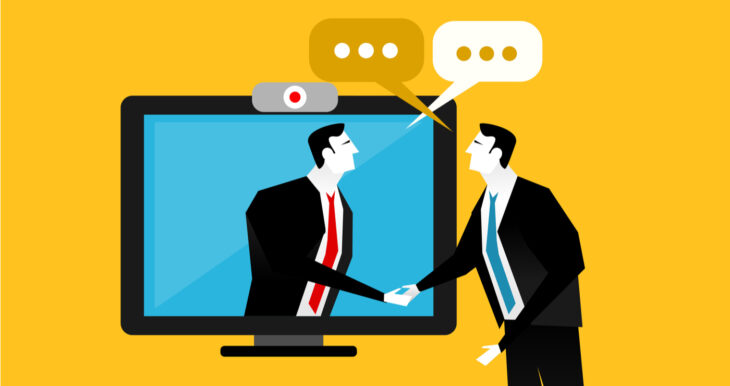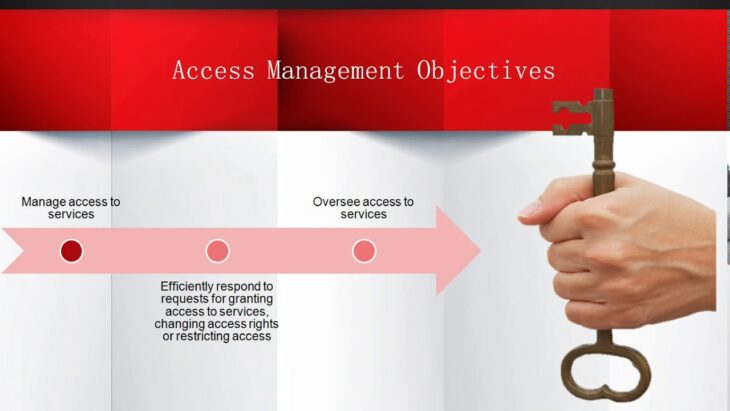What Are Business Liabilities?
Business liabilities are the debts, obligations, or owing amounts by a business for which the organization is held responsible for being repaid within a period called payables. Liabilities fluctuate as new payments and debts keep piling. More the debt, more the liability, so if the business pays off the debt, lesser the liabilities. A business liability need not be paid immediately but settled at the due date. It is essential to finance any firm, and for all the small businesses, liabilities will help grow the business.
What Are The Liabilities Faced In A Business?
The types of liabilities faced in any business operation are:
- Unamortized investment tax credits: This liability denotes the net between the asset’s cost and the depreciated amount.
- Warranty liability: This is when there is an estimated amount of time and money spent repairing something under the terms of a warranty.
- Payable interests: The credit to buy various goods and services represent this liability.
- Wages: This is the amount to be given as income to the employees as they have earned but not received. It is also susceptible to change as some employees draw their pay every two weeks.
- Payable dividends: Some companies issue stock to the investors and pay the dividends for those stocks. The liability represents the amount owed to various shareholders after the declaration of the dividends.
- Deferred credits: Some items are liabilities and revenues. They collect them prior to their record on the income statement. These are known as deferred credits.
- Post-employment benefits: Certain employees or their family members receive benefits when they retire, and these are carried as long-term liabilities and finally settled.
- Warranty liability: An amount of time and money is spent repairing and fixing certain goods that are under warranty. This amount is known as warranty liability.
- Unamortized investment credit: The net value of the historical cost of an asset and the amount depreciated is known as an unamortized tax liability.
- Mortgages
- Loans
- Accrued expenses (accounted unpaid fees)
- Deferred costs (advance payments to clients)
Types Of Liabilities
Three major types of liabilities affect finance differently, and all businesses experience it. They are:
- Short-term liabilities: A short-term liability is a current liability and gets settled within one year of its incurrence. Some examples of these liabilities are payable amounts, utilities, supplies, invoices, and employee wages.
- Long-term liabilities: A long-term liability is a noncurrent liability that the firm can pay after a particular period or even after years. Some examples of a long-term liability are mortgages, deferred tax, accrued expense, and loan that lasts for more than a year.
- Contingent liabilities: A contingent liability is also known as potential liability that affects the company due to a specific future event. A classic example of this is when the company faces a lawsuit.
Assets and liabilities are the basis of any business accounting. A business incurs liabilities when the debts increase for different reasons. If the liabilities need to be decreased or managed, a company can use the debt to asset ratio, the current ratio, and the debt-to-equity ratio.
















You must be logged in to post a comment.